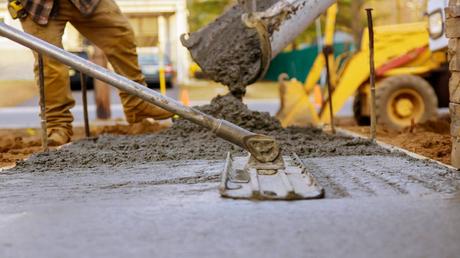
Last Updated on February 22, 2024 by Kravelv
Quality control and testing in concrete construction are paramount for ensuring the safety, durability, and longevity of structures. Concrete, a fundamental building material, requires meticulous attention to its quality at every construction phase. The significance of rigorous quality checks lies not only in meeting the structural requirements but also in safeguarding against future complications that may arise from poor construction practices. This article delves into the critical aspects of quality control and testing, offering insights into maintaining the highest standards in concrete construction projects.
Understanding Concrete Quality
Concrete quality hinges on the selection of materials and the precision of the mix design. A harmonious blend of cement, water, aggregates, and admixtures, tailored to the project's specifications, forms the bedrock of high-quality concrete. Factors such as the source and properties of raw materials, water-cement ratio, and environmental conditions play a crucial role in determining the final quality of the concrete. Ensuring the optimal mix design and material quality is the first step towards achieving excellence in concrete construction.
Quality Control Measures
The path to superior concrete construction is paved with stringent quality control measures, encompassing every stage from material selection to final curing. Prior to pouring, materials are tested and mixed designs optimized to suit the specific needs of the project. During the construction phase, continuous monitoring and adjustments are necessary to cater to any variances in environmental conditions or material properties. Post-construction, the concrete is subjected to various curing methods to achieve the desired strength and durability. In this context, the expertise of a professional concreter, such as a " concreter Perth," is invaluable, ensuring that each step conforms to the highest quality standards.
Testing Methods for Concrete
Testing is integral to the quality control process, providing empirical data on the concrete's properties. Common methods include:
Slump Test: Evaluates the workability and consistency of concrete.
Compression Test: Measures the material's ability to withstand loads, indicating its strength.
Permeability Test: Assesses the concrete's resistance to water penetration, crucial for durability.
These tests, among others, allow engineers to verify that the concrete meets the project's specifications and performance expectations, ensuring its fitness for purpose.
Challenges in Quality Control
Quality control in concrete construction faces numerous challenges, from variability in material properties to environmental influences. Additionally, the human factor, including the skill level of workers and adherence to procedures, can significantly impact the quality outcome. Overcoming these challenges requires a combination of skilled labor, precise planning, and strict adherence to quality standards and testing protocols.
Case Studies and Best Practices
Examining successful concrete construction projects reveals a common thread: a rigorous approach to quality control and testing. Best practices include thorough planning, continuous monitoring, and adaptation to on-site conditions, underpinned by a commitment to excellence from the project team. These case studies serve as a benchmark, demonstrating the attainable standards in concrete quality and construction integrity.
Conclusion
The cornerstone of any successful concrete construction project lies in unwavering commitment to quality control and testing. Ensuring the highest standards from the outset not only secures the structural integrity and safety of the project but also its longevity. As demonstrated, adopting rigorous quality measures and testing protocols is indispensable in achieving excellence in concrete construction.
